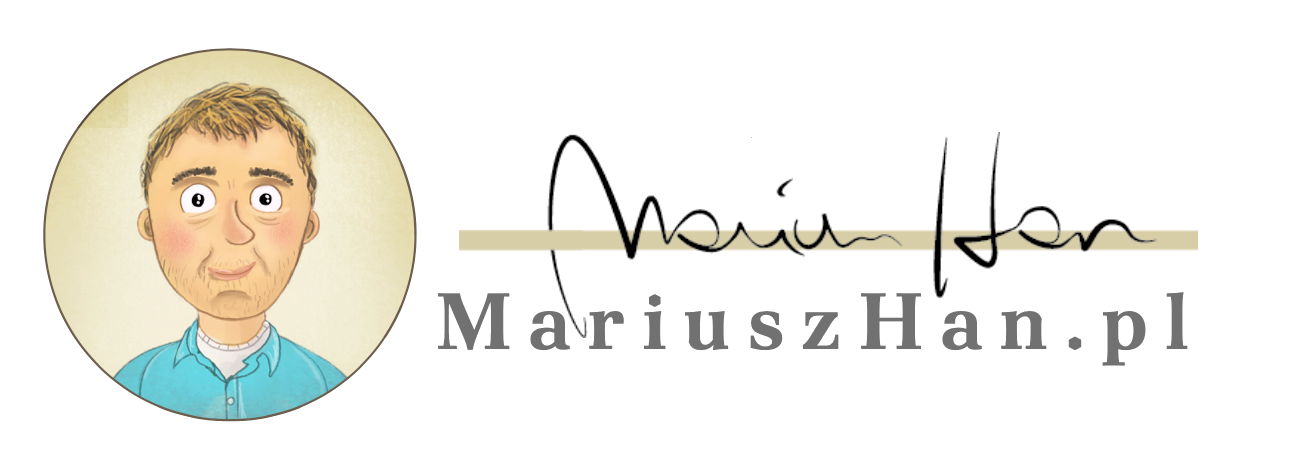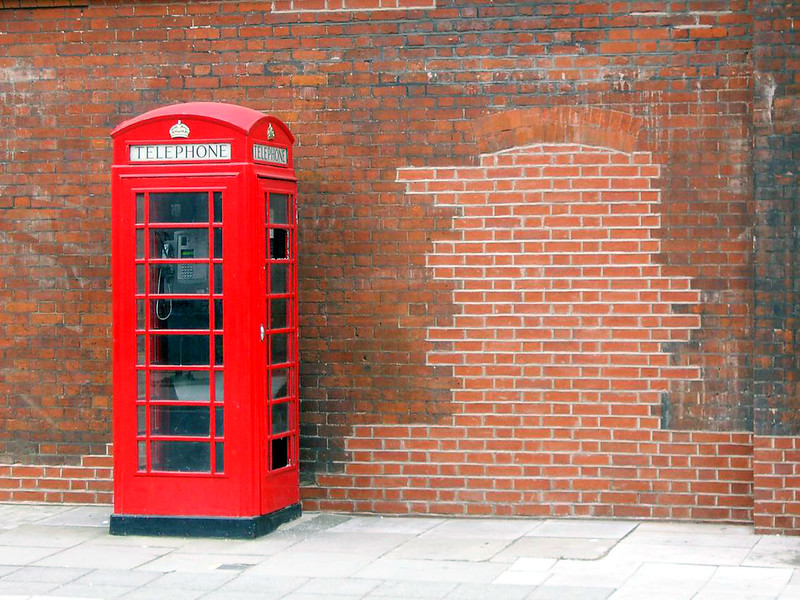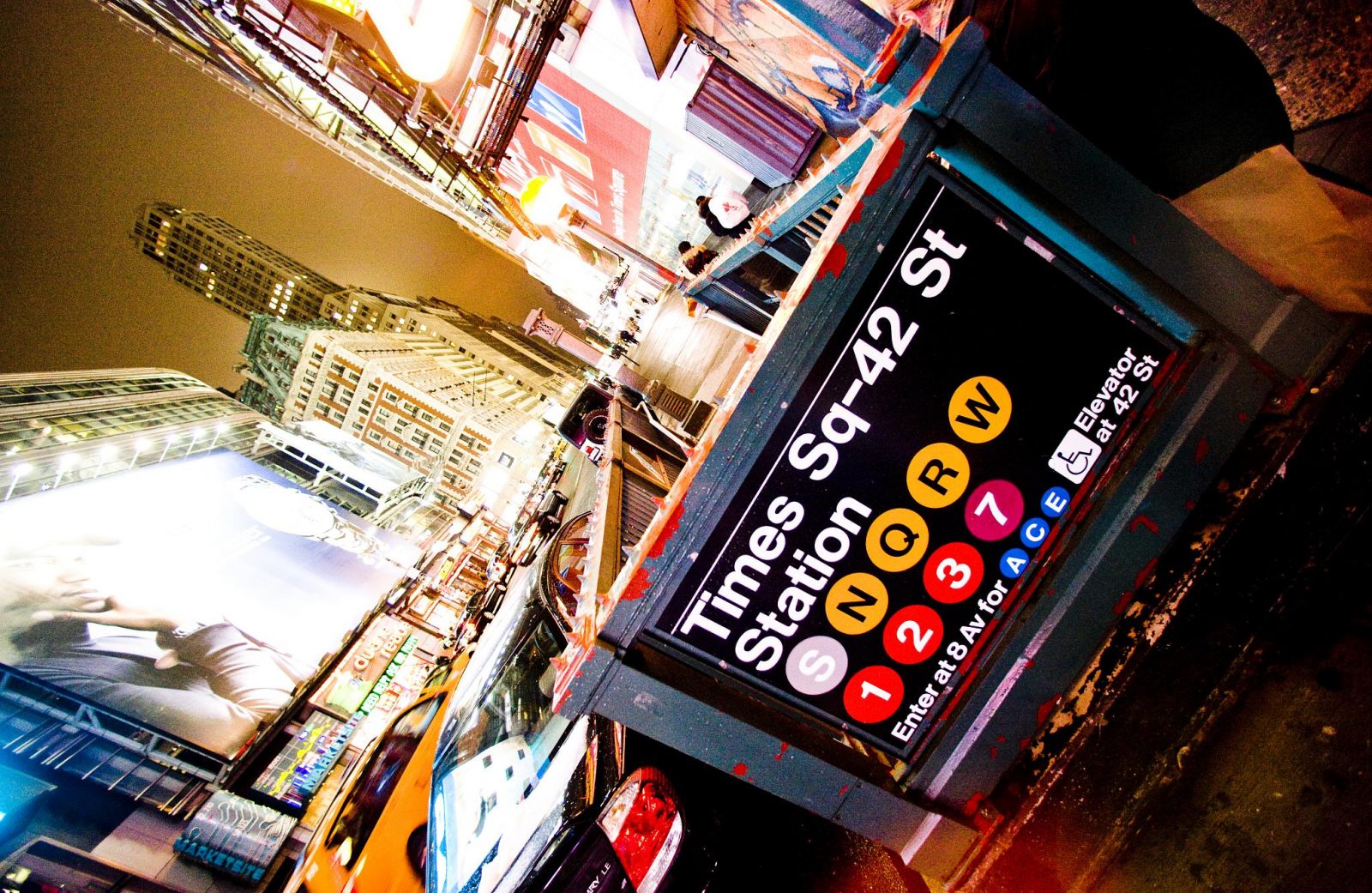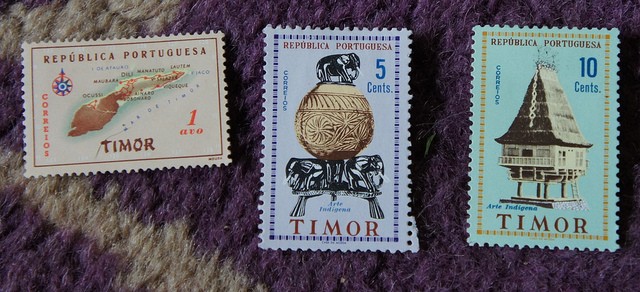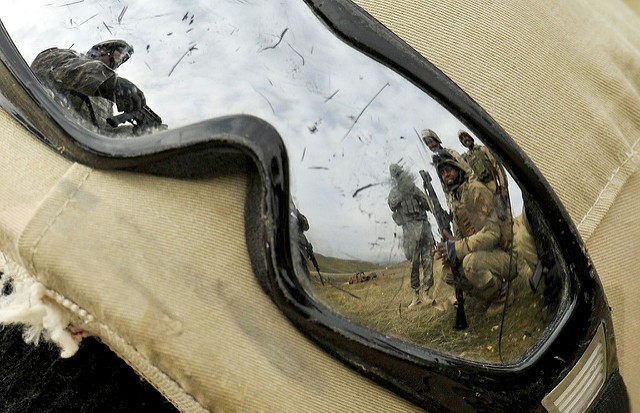Personal notes and reflections about the Conference.
Media Conversation VI was held on June 4-6, 2009 in New York at the Pratt Institute and Fordham University at Lincoln Center. One of the panels was held in The Players Club.
The following are my reflections about this international conference on youth, media and education. Media Conversation VI[1] helped me to think through current issues in media literacy and media education, and allowed me to reflect on my college experience in media studies, my experience as a professional media production worker in Studio Inigo[2] (Krakow, Poland).
Thursday, June 4th, 2009
Pratt Institute, 144 West 14th St., 2nd floor (5:30-9:30PM)
5:30-6:30PM, Thus Spoke the Spectacle
Eric Goodman discussed his website, The Spectacle, and his project: Thus Spoke the Spectacle, a “music video media critique concerning the nature and effects of media, technology, celebrity, news, empire, consumerism, propaganda and other forces at work in the experiment in civilization called America.”[3] The project has been screened and performed all across the United States. The project describes how media outlets are at the service of the interest and agendas of big corporations. According to Eric Goodman, media is the new God in contemporary society. It reminded me of Marx’s claim that religion was the “opium for the people.” Today, media has replaced God as the new opium of the people. Goodman and Co., speaking out against this corporate manipulation of media, echo the rallying cry of Martin Luther King Jr.:
“We are deeply in need of a new way beyond the darkness that seems so close around us… Every man of humane convictions must decide on the protest that best suits his convictions, but we must all protest… Some of us who have already begun to break the silence of the night have found that the calling to speak is often a vocation of agony, but we must speak. We must speak with all the humility that is appropriate to our limited vision, but we must speak… A time comes when silence is betrayal.”[4]
I think that the life and death of Princess Diana death illustrate how media works in our society. The media hounding of Princess Diana, its refusal to allow her a private life, and her constant attempts to flee from paparazzi contributed to her untimely demise. Money for pictures and stories of Diana propelled a media frenzy that had no restrictions, no apparent moral codes of conduct or limits. Media Literacy provides us with the tools to reflect on this situation, analyze it, and to question a corporate industry that intrudes on the private life of celebrities for unlimited profit.
6:30-8:00PM, Consuming Kids
David Walczyk (Pratt Institute) held a panel based on “Consuming Kids” (67 minutes) movie. This movie helped me to understand the multi-billion dollar marketing machine making money off of children and their parents. This is why children need to be educated in media literacy. Very helpful is the Media Educational Foundation, which, “produces and distributes documentary films and other educational resources to inspire critical reflection on the social, political, and cultural impact of American mass media.” [5]
8:00-9:30PM, Teaching media literacy in our school…
Tom de Zangotita (editor at Harper’s Magazine) held a panel entitled, “Teaching media literacy in our schools: why it is so easy to do badly and so hard to do well” presented us with a new term: “funism.” “Funism” is an ideology promoting the idea that everything that we do should make life fun and happy. “Do it for fun”, becomes a kind of religious maxim applied to different childhood experiences. Education, for example, is valued in so much as it is “fun” and has entertainment value. Constructive thinking is reduced to “what entertains.” In my opinion, “funism” destroys the distinction between what “I want” and what “I need to do.” What I am obligated to do – my obligations – are not necessarily “fun.” We construct a curious moral code for our children when we indoctrinate them with the principles of “funism.”
Friday, June 5th, 2009
Pratt Institute, 144 West 14th St., 2th floor (10:00AM-5:30PM)
The Players Club, 16 Gramercy Park S (7:30-9:30PM)
10:00AM-12:00PM: Media Education and the Future Journalism Panel
Cynthia Walker (Saint Peter’s College) was a moderator of this panel. First, Neil Hickey (Columbia Journalism Review) presented the history of mass media (print, phonograph, telegraph, broadcasting, cable, satellite, Internet) and explained how electronic media is now part of our education. Media is not the sole domain for academics, but for everyone. Hickey’s raised the important question of how we separate real news from garbage. Too much information – too many media outlets – hinders us from identifying the news that is really important.
Alex Wright (New York Times) explained the development and change in interactive media technologies. Technologies change the relationship between broadcaster and receiver. This made me think about the developments in information exchange in Catholicism. In a book culture with a low literacy rate, only a small minority of Catholics had access to the printed word. This changed with mass printing. Even more dramatic, radio and television diffused Catholic teaching even more. And it allowed people to interact, respond to, and question what they heard and read. Now the internet, blogging and interactive web-sites (along with on-line classes) give even more opportunities to learn about Catholicism and exchange information at amazing speed.
Alan Hayakawa (Patriot News) continued Alex Wright’s line of thought and suggested that people have less opportunity to reflect on the daily news given the lightning speed and rapid succession of news items. Information on one day that is deemed “urgent” and “exclusive”, is quickly forgotten the next day. He encouraged us to reflect on and appropriate what we hear.
Beth Knobel (Fordham University) talked about media convergence as the essence of present day journalism. The most important thing is to create journalists who are skeptical but not cynical. This is why we need to ask questions in the right way. We live in a multitasking generation, where technical and production skills (broadcasting, video blog, blogs, sound editing, and transmission skills) are sometimes more important than “real journalism”.
Donna Halper (Lesley University) said: “Be responsible for everything what we say, but we need to listen first”. Today, people don’t listen to each other and don’t share ideas. Finally, they are not able to analyze the messages they receive because they don’t know how to use words carefully. For Donna Halper the best medium to deliver information is the radio, a medium where people can listen to each other. Donna has an idea to put media literacy into the public school system for children aged 10-11. I agree that the school system should help to understand media language in radio, TV, broadcasting, Internet, and games, and to help children to be more educated instead of manipulated.
1:00-3:00PM: Childhood
Jessica Hochman from Pratt Institute was a moderator of this panel. First panelist, Ed Miller (Alliance for Childhood) spoke about imagination and children. The most important time to form the imagination of a child is when s/he is 5 years old or younger. Today, we have a crisis in kindergarten education because children are not playing anymore. We no longer talk about “play time”, but “choice time”. Children are also taught to take life very seriously and test everything, but not play. Parents and society put pressure on children to be the best, get into the best school, learn a skill, and seek more and more goal-oriented gratification. Ed sang the song “Take, take, take your test” based on kindergarten song: “Row, Row, Row Your Boat”, which really made us laugh, but in the end we saw the problem: intense competition at a young age make children more aggressive, sick, and nervous. School stress, which used to begin in middle or high school now takes place in kindergarten.
The library is becoming a creative outlet responding to questions of children and media literacy. Gretchen Hams-Caserotti (Darien Public Library), a librarian, showed us her idea of the present modern public library. Today, children in the library are not looking at the books; instead, they spend their time with computers, playing games on their iPhone’s or iPod’s, keeping books out of their minds. She said it is a time for librarians to learn how to use the library and new ways to communicate with others. Modern Information Library should participate with Media Literacy, Network Literacy, Computer Literacy, Traditional Alphabetic Literacy, Library Instruction, Cultural Literacy and Visual Literacy. We know this will help us to connect, collaborate and create together.
Twila Liggett (Marymount Manhattan College) explained how children, at different ages, learn in different ways. They learn by media and arts in education. We need to know the language of media and the language of children to teach them to be more creative. We can’t ignore the media, but our mission is to help kids become more creative, responsible and educated.
Mary Rothschild (Health Media Choices) said that the biggest role in children’s education belongs to the parents (Parental Education). They need to teach their children by telling them stories and controlling a child’s access to the many stories available. Today, for example, media tell children increasingly violent stories. Story –telling (if unregulated or uncensored) can be potentially destructive part of children’s education.
Rosemarie Truglio (Sesame Workshop[6]) talked about parental education and media education. Parents and teachers are still not sufficiently educated in media awareness. She described the situation as a kind of school/parent crisis. Children need space and time to learn. But this free space for learning and listening is being overtaken by a media world blitzing them with violence in TV, video games, and the Internet. Media outlets are everywhere and it is becoming impossible to protect ourselves from them. Truglio said that what we learn is more important than what we saw or even read. When watching Sesame Street[7], children participate in media and learn how to be creative and make decisions in their life. But parents need media education too so they can put media at the service of children’s learning.
3:30-5:30PM: New Media Literacies
Peter Gutierrez (Curriculum Developer & NCTE Commission Media; Alex Quinn, Games for Change), representing NCTE[8], talked about how people experienced new media, especially children (K-12). He introduced us to how the teacher should use traditional media in new media forms. The goals of this NCTE organization project are: (1) to help teachers understand the value, possibilities, pedagogies, and constraints of multi-modal literacies; (2) to support advocacy work with school and system administrators, boards, and other educational policy makers[9]. Peter Gutierrez invited everyone to NCTE Annual Convention program which will be Nov, 19-22, 2009.
Tom Gillespie (Quinnipiac University) talked about his experience teaching digital narrative. He realizes that there is a very deep gap between technology and being able to write or read games. He used the example of a man, age 19, who wanted to be a graphic designer, making games, because he had computer skills. But he didn’t realize that he didn’t know the basics about painting. We can’t create anything without knowing the basics. Like many young people, this man had big dreams, but he didn’t know how to make them realities because he lacked the basics.
Karen Sideman (Games for Change[10]) asked us what we thought about or how we understood “games.” For some, people just play the games for entertainment. For others, games are educational and a part of learning. This makes games very valuable. Games introduce many new words and, consequently, introduce greater literacy. Karen presented a few games which help people to be more social, for example the games Peace Maker, AYTI and September 12th. Personally, I think that real life and contact with people is much more productive than games, especially in the direct relation between children and parents.
David Walczyk (Pratt Institute) talked about media literacy for what he called a “phenomenological” culture. He said that “visual culture” has ended. Western culture is once again phenomenological, involving more than just the eyes. Nintendo Wii system game is an example where the whole human body is involved playing games. People need to be assimilated to the new philosophy of life: DIY, which means Do-It-Yourself. People need to be open and critique modern consumer culture by themselves. “Take care of yourself” is a part of the present culture.
Paul Guzzardo, urban designer, media activist and moderator of this panel, tried to teach us how and why we need to control space by ourselves. He continued David Walczyk’s idea of DIY in the sense that we need to interact with the place we live. Paul presented his own projects. His idea is that people change the streets by painting them, but finally the painted streets change the people. The interaction between things and people create a new idea called Street Literacy. I talked with Paul about his new project which he will do next year at a University of Illinois, called, A Cartographer’s Dilemma. He said, “Architects and designers don’t address issues of media and culture with the rigor they need to if they wish to build new places and new story-telling places. Only very few people in these areas have background and skills to fashion new forms to address the problem”. This panel was interesting visually.
7:30-9:30PM: Heroes and Role Models in Movie and Other Media
The Players Club, founded in 19th century by Edwin Booth, held the panel discussion about Heroes and role models in movie and other media. This meeting was totally different than other discussion panel. Invited quests were: Maria Cooper Janis (daughter of Gary Cooper), Susan McGregor (Friend’s Way), Lee Pfeiffer (Cinema Retro), Victor Slezak (actor), Lance Strate (Fordham University) and Meir Ribalow (Fordham University). They talked about what a “hero” means in today’s culture. As people who work in media production they reminded us of figures such as: John Wayne, Gary Cooper, Sean Connery who are real heroes for them.
Today, “Hero” means “Star” because stars make money. Big money. This is a criteria for being a hero in today’s media. It’s easy to promote new stars. We know all the information about their private lives from newspapers, TV shows, and websites. This is different from 40-50 years ago. The movie stars worked on their own for many years. Their private life was much more connected with movie life, but not show business. For example, John Wayne, never served in the military, but he played military men. Today, media stars share their private lives with scandals or addiction. We think of them as heroes for overcoming personal challenges that happen in their lives and not on the screen. This is a new category for popular heroes in media life.
Who is the hero? What makes the hero? In the 1960-1970s, hero was associated with diverse persons such as: Napoleon, Jesus, Mother Teresa, or Joan of Arc. Actors played the roles and introduced us to our common history. History was a part of a movie’s story. In the past, heroes were created by history books.
Today, mass media has changed this model. The new hero created by Hollywood is a victim, a politician, or a person who needs to survive. The viewer is prepared by movies to take care of himself or from people we would normally think of as heroes. In some films, for example, police are torturers or corrupt criminals.
Present mass media creates absolutes. We are not living “in the grey,” but on the edge of extremes. Media presents life in black-and-white. There is nothing in the middle, because people don’t know the historical context and the points of view of different people.
Saturday, June 6th, 2009
Fordham University, Lincoln Center Campus, McMahon Hall, 155 West 60th St.
10:00AM-12:00PM: Media Education in Global Village
Ron L. Jacobson, from Fordham University, was a moderator of this panel. The first panelist, Paul Mihailidis (Hofstra University) presented his work with The Salzburg Academy on Media and Global Change[11]. The Salzburg Academy provides courses where students from many different countries work together and share their cultural differences. Many media literacy courses emphasize how audiences can detect media manipulation. In order to avoid cynicism in media literacy, we need to ask the following: 1. What does the media do? 2. How can they do it better? 3. Why is the media essential? and 4. How can you be responsible? Consequently, this reflection prepares students to become good consumers and good citizens. Further, we received five points concerning Media Literacy: 1. Access to the media; 2. Awareness of the media’s power; 3. Assessment of how the media portray events and issues; 4. Appreciation for the role that media plays in creating civil societies; 5. Action to encourage better communication across cultural, social and political divides. To use literacy skills to their advantage, students need to learn how to identify, monitor and understand how the media works. That is necessary to defend, promote and motivate them in a media – dominated word.
Sister nun Mary Bosco Amakwe (Seton Hall University) described Media Literacy form the African (Nigerian) perspective. Media Literacy in Nigeria is saturated by the British idea of Literacy and informed by the current president of Nigeria, Umaru Musa Yar’Adua, who was elected in 2007. Sister Mary Bosco Amakwe, a media scholar, came to the conference to learn more about media literacy which is an aspect of media studies which is still new on her continent – Africa. She said: “First of all, I am interested in the media because of its power as a means of communication in the modern world, its power in shaping democratic societies and its power in bringing about change. So Africa, still lagging behind in all these areas, needs people like us who are trained and are willing to return to that continent to help in bringing about that change. Obviously, before all this can happen, one needs to be media literate and a media educator at the same time”. After this meeting, I felt moved back to the “Marconi Era”, when radio was still the most popular medium and even the exclusive medium in this country.
Holly Morganelli (Pratt Institute) supported this discourse by presenting pictures from her project in Zambia (“In Transition: Voices of Zambian Street Youth Culture,”). Radio is a basic form of mass communication in that country. Many people in Zambia don’t know what the computer is. She presented her personal experience working with children living on the street, abused, with AIDS, addicted and raped. Her work gave Zambia’s people some hope. Media can be a part of this hope.
Jordi Torrent (Media Literacy Education Project of the United Nations-alliance of Civilization & Duende Pictures) presented his work for the United Nation and the website[12] of The Alliance of Civilizations with many media resources. It is his opinion that people need to be participants in websites to share information. The Alliance of Civilizations collaborating with UNESCO and the support of Grupo Comunicar and the European Commission has published Mapping Media Education Policies in the World: Visions, Programmes and Challenges. His speech reminded me of my work in Theotokos[13] (Gliwice, Poland) which is a Jesuit institution doing religious dialog among Christians, Protestants, Jews, Orthodox Church and nonbelievers in Ukraine, Germany, France and Poland.
1:00-3:00PM: Screening and Discussion: The LAMP
The LAMP (Learning About Multimedia Project) program presented by D.C. Vito, Katherine Fry and Emily Long was one of the best practical panels in this conference. The idea of The LAMP program is easy: “We don’t say what they need to record, but teach how to put audio and video together”. The ideas and conception should be realized by the children. Practicing nonprofessional production is a way the kids try to understand the idea of media and literacy. They receive education too (for free!!!). The LAMP is a non-profit organization. I talked with D.C. Vito after the panel and we will collaborate as soon as is possible. I like this project very much, because they teach basic media language to children and the younger generation. They teach children about media production, improve their skills in that area, and help them understand how media works.
3:30-5:30PM: Mapping Media
The panel Mapping the Media was a general semantics orientation program. Rene Hobbs (Temple University) spoke about children (K-6) and her media program[14]. She said that Internet is totally different for children and adults. Her questions were provocative: How do we teach children what is good news? Who is the teacher for children today? She said that there is a kind of cynicism when media try to manipulate children by presenting them with only one criteria for how to read the news. Today’s mass media is more interested in building its own success than creating skeptical informed viewers.
During the break time I talked about this problem with Aelly Rahemtulla. He is a post graduate student at Pratt Institute and a close associate with Dr David Walczyk, a key organizer of the conference. He focuses on, “educational interests in terms of how human societies are fundamentally based upon a normative need for information, communication and the socio-psychological basis which underpin the development of individuals and collective social groups. All these are fundamentally based on the question of economics. Media Literacy is a relatively new phenomenon linked strongly to technological development at the end of the 20th Century and to the radical development of technology in the 21st Century”.
Dan Latorre (consultant) mentioned that only 1% of participants of the Internet are really creators. Many people only make copies of the material produced by others to create their own website or blogs. This is not the meaning of being creative. Everyone should have a role in their own media production (Collective Intelligence). This creates applications for different activities. Synergy between collective intelligence is a key to understand the time we live in now.
Martin Levinson (president of the Institute of General Semantics), presented us a book written by John C. Merill, Journalism Ethics, and read the chapter “Korzybski to the Rescue”. Alfred Korzybski founded a discipline that he called, general semantics (GS). Korzybski founded the Institute of General Semantics in 1938 and directed it until his death in 1950. Korzybski tried to understand knowledge through (1) the structure of the human nervous system, and (2) the structure of language.
Bill Petkanas (Western Connecticut University), and editor of ETC: A Review of General Semantics, talked about news organization that are cynical instead of being critical. According to him, we need to be rational and logical, and create hope. Dismissing and/or hating everything just increases cynicism. It is a visceral or emotional way – not a logical way – to participate creatively in media and society.
Thom Gencarelli (Manhattan College) a moderator of this panel talked about different models of communication. The revolution in electronic technology changes the model of human perception. He raised an interesting question: Is the mass media created to support new technology, or does new technology support the new media?
Summary
Today, children participate in media life, which provokes many pedagogical, social, and cultural reflections. The question is: what happens with the child in an electronic media world?
This conference allowed me to delve more deeply into questions that have interested me for a long time. It was a privilege to reflect about the present media world and literacy and study its influence on people of all generations: children, teenagers, or adults. One of the participants, Anthony Keys, a high school teacher at Montclair High School and coordinator of school technology, spoke about how the parents of his students were interested in the media and literacy. He said: “Our students’ parents discussed understanding new media literacies and how to interact with them it in the school setting”.
The wealth and the variety of mediumistic (electronic and printed) media is a new educational opportunity. How do we teach children to move in a world of electronic media, in the labyrinth of mediumistic fiction? How do we create an educational situation which would give the child the educational competence to deal with the media world?
The same questions are raised by my Polish friend, Eva Kolbusz-Kijne from The Borough of Manhattan Community College, part of The City University of New York. She is an assistant professor in The Department of Speech, Communication, and Theatre Arts and serves as a Deputy Chair. She said: “We hope to have media courses in place in the spring 2010 semester, but since CUNY is a large and multi-layered institution, it may take a little longer. In our proposal there is very few new communication courses are at this point since we are trying to establish the program as soon as possible. Later, however, we would like to add new courses one-by-one, and media literacy would be one of our desired courses. Participating in the conference gave me a chance to see how the communication specialists currently define the scope of the field of media literacy. I found the conference very interesting and informative”.
I will stay with her optimism after this thought-provoking conference. It was a great complement to my previous work in recording studios in Krakow (Poland) where I had a concentration in media production. I promised myself to become a member in few of the organizations I heard about during this conference. This will be helpful to improve my knowledge about the discussion in the areas of Media Literacy and Media Education.
———————————
[1] Retrieved June 10, 2009 from https://www.mediaeco.com/moc09/[2] Retrieved June 17, 2009 from https://www.inigo.com.pl/wam/
[3] Retrieved June 15, 2009 from https://www.thespectacle.net
[4] King, Martin Luther, Jr., Beyond Vietnam. A Time to Break Silence. Delivered 4 April 1967, at a meeting of Clergy and Laity Concerned at Riverside Church in New York City.
[5] Retrieved June 15, 2009 from https://www.mediaed.org
[6] Retrieved July 22, 2009 from https://www.sesameworkshop.org/home
[7] Retrieved July 22, 2009 from https://www.sesamestreet.org/home
[8] NCTE, National Council of Teachers of English, A Professional Association of Educators in English Studies, Literacy, and Language Arts
[9] Retrieved July 10, 2009 from https://www.ncte.org
[10] Retrieved June 10, 2009 from https://www.gamesforchange.org
[11] Retrieved June 10, 2009 from https://www.salzburg.umd.edu/salzburg/new/
[12] Retrieved on June 5, 2009 at: https://www.aocmedialiteracy.org
[13] https://www.theotokos.org.pl/
[14] Retrieved on June 5, 2009 at: https://mediaeducationlab.com
